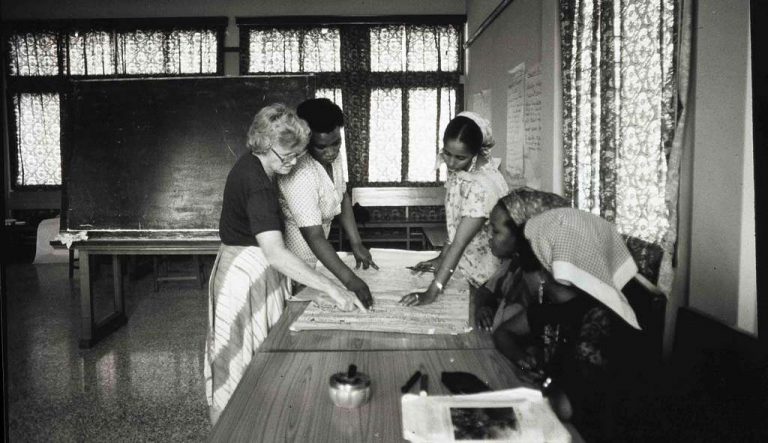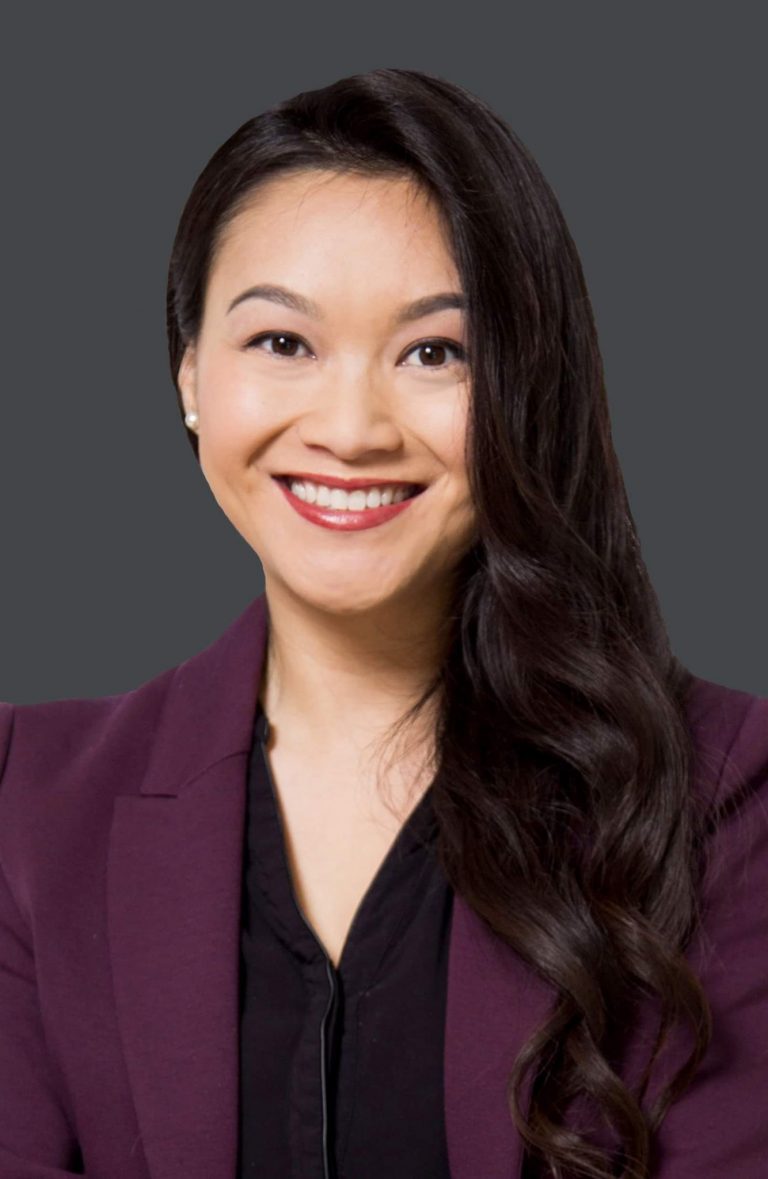How LatinX Women in Leadership Behind the Lens are Repositioning the Scope
The Women’s Liberation and Chicano movements began in the 1960s, and now, nearly sixty years later, it’s pretty clear that while both minorities have come a long way, there is still a way to go. Early last week, I sat down with Mynxii White, LatinX Director, Cinematographer, Photographer, and Global Editor for Schön! Magazine. Despite us both being a tad distracted by her iPad seemingly having a mind of its own and her adorable black Devon Rex, Michael Livingston, bobbing his head into the frame to investigate, we managed to squeeze in some exciting statistics on LatinX and Female representation in some of the entertainment industry’s most competitive fields.
The following statistics were provided by Zippia.
You work in so many various mediums; editorial, directing, and photography. What drew you to these venues for your artistic expression, and why are they so important to you now?
Mynxii: I started as a make-up artist twenty-two years ago and then began working as the only creative director for Schon Magazine in LA about eight years ago, so with all the content coming out of LA at that time, I was basically doing everything, but physically clicking the button. So, after years of watching other people (usually white men) take credit for my work, I decided to pick up the camera and do it myself.

Research showed 53.6% of working editors in 2022 were women. How empowering do you think it is for young women to see such an influential career field dominated by women?
Mynxii: Truthfully, it’s one of the few industries that allows us space, which I think is why so many women identify as fashionistas. For years, people continually complimented my lipstick rather than my work, making it feel like I was being pigeonholed into a category that didn’t align with my leadership roles. And now, people are all telling me I’m killing it, though personally, I still see lots of room for growth.

Conversely, editors from the Latino community came in at a staggering 8.2%. As someone who identifies as LatinX, what counsel can you offer young Latinos seeking editorial work?
Mynxii: One thing that’s always stuck with me was Donald Glover’s reaction to being the “diversity hire” at SNL, and as crushing as it can be to feel that way, which I know from experience, we must utilize those platforms, because that’s all we’ve got right now, to create more opportunities for each other. And now Donald Glover is starting his own production company centered around diversity. Which, I think, is fantastic.

Latinos topped the list of minority rankings for music video directors at 14.3%. Having reached a point in your career where you’re directing for some of the industry’s most notable talent, what do you think it is about your background as a LatinX woman that helped put you ahead of the curve?
Mynxii: Our phones have become our biggest networking tool, but it can also be a full-time job to stay socially “relevant.” I find myself studying the ever-changing Instagram algorithm to determine the best content strategy, but some days I also want to not interact at all. So, it’s a process and a willingness to adapt, which I think most women and People of Color are accustomed to. It can actually be easier to show up online every day than it is to show up in person, though it is nice when you do.

With so many iconic female photographers over the years, it’s no doubt that women reign strong over men in the field at 61.7%. What is it, in your opinion, that allows women to flourish behind the lens?
Mynxii: Women have so much to say, and I feel like so many of the most iconic female photographers through the ages weren’t actually met with relevance until after their time. So now that we have a platform, we are very ready to use it. There’s a notable difference between the male gaze and the female gaze. Women weren’t always granted the same privileges as men, and picking up a camera allowed so many women to voice their opinions.
As a female leader in several competitive fields, what advice would you impart to generations of female leaders to come?
Mynxii: Never give up. I was just in tears, myself, the other day. But you never know who you might message and get a response from, or who you might run into, or who, out of even a low number of views on your story, is watching that could lead to an opportunity that will help you reach your goal.
She laughed as she began to incite a quote famously overused by Lady Gaga. “There could be a hundred people in the room, but it only takes one.”
So, what does the frame for institutionalized racism and sexism look like moving forward?
The fight for diversity and equality in the United States is an ongoing battle. Although women have made considerable strides in the wake of the Me Too Movement, as well as the LatinX community via the George Floyd protests, various demographics remain vastly underrepresented. My biggest takeaways from Mynxii and I’s conversation were perseverance and dissemination, two essential factors for any figure identifying as a minority in leadership, and two qualities that any BIPOC should hold true to. Diversity shares in America remain on the rise, so it can only be beneficial for businesses to let those numbers be reflected by their internal staff.







